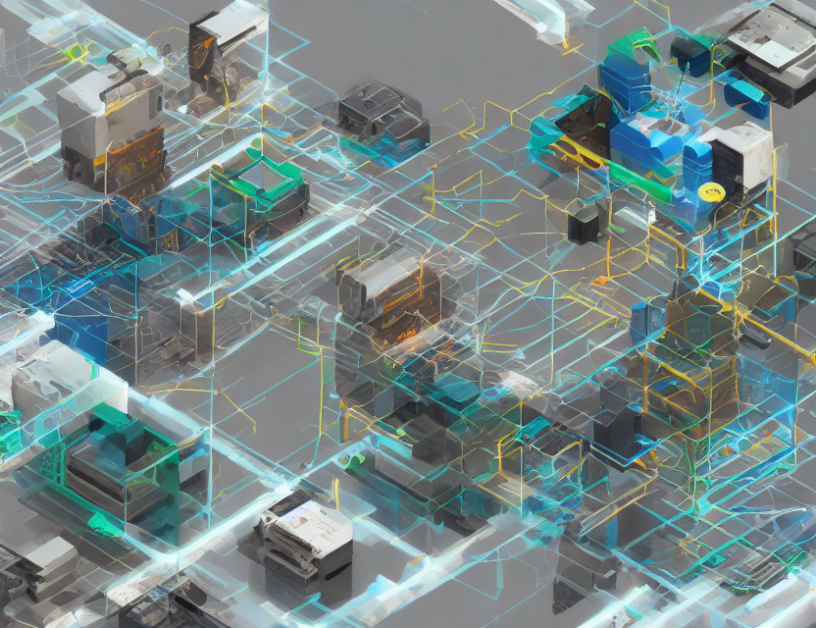Semantic communication is a novel approach to data transmission that focuses on delivering only the essential information needed to complete a specific task, rather than transmitting every single bit of data. This technique can significantly reduce the amount of information required for transmission, making it particularly useful in scenarios where resources are limited, such as in deep space exploration (DSA). In this article, we will explore how semantic communication works and its potential to revolutionize the way we transmit data.
How Semantic Communication Works
Semantic communication is based on the idea that not all data is created equal. Some data is more important than others when it comes to completing a specific task, such as classifying an image. By identifying the most critical information and transmitting only that, semantic communication systems can significantly reduce the amount of data required for transmission. This approach also allows for the efficient use of channel resources, such as bandwidth and computing power, making it particularly useful in DSA scenarios where these resources are often limited.
The Encoder
At the transmitter end, an encoder is used to perform joint source coding, channel coding, and modulation. This process involves encoding the input data (such as images) into a more compact form, specifically tailored for the task at hand. The resulting encoded data is then transmitted over the channel.
The Decoder
At the receiver end, a decoder performs joint demodulation, channel decoding, and source decoding operations on the received signals to reconstruct the original data samples. However, in contrast to traditional communication systems, the decoder does not attempt to reconstruct every single bit of data. Instead, it focuses solely on completing the specific task at hand, such as image classification. This approach allows for a significant reduction in the amount of data required for transmission while still ensuring accurate reconstruction of the original data samples.
Benefits and Applications
The use of semantic communication systems can lead to several benefits and applications in DSA scenarios, including:
- Improved Efficiency: Semantic communication can significantly reduce the amount of data required for transmission, making it more efficient and cost-effective.
- Accurate Reconstruction: Despite transmitting only a reduced amount of information, semantic communication systems can still ensure accurate reconstruction of the original data samples.
- Real-time Decision Making: By focusing on completing specific tasks quickly and accurately, semantic communication systems can enable real-time decision making in DSA scenarios.
Conclusion
In conclusion, semantic communication is a novel approach to data transmission that focuses on delivering only the essential information needed to complete a specific task. By reducing the amount of data required for transmission, improving efficiency, and enabling accurate reconstruction, semantic communication systems have the potential to revolutionize the way we transmit data in DSA scenarios. As the use of space exploration continues to grow, the importance of efficient data transmission will only increase, making semantic communication an area of great interest and importance.



